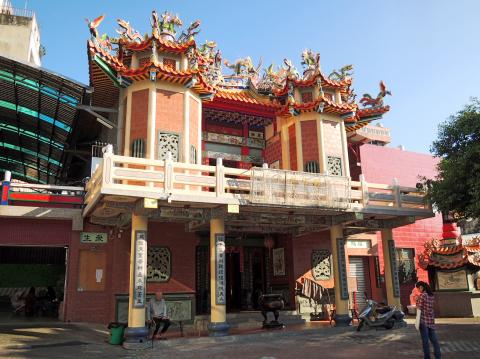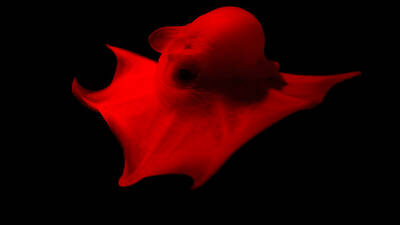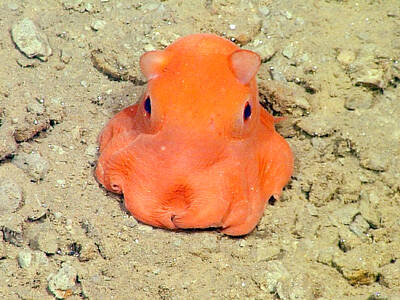Tainan’s Wanfu Temple is the earliest temple devoted to the “Great Sage Equal to Heaven,” Sun Wukong, or the Monkey King. Sun Wukong is worshipped throughout Taiwan, and is believed to be able to help with hard-to-treat ailments in children. Now that the Year of the Monkey is upon us, there are sure to be waves of devotees bringing their children to worship at the temple, as devotees believe that children praying to the Great Sage may be adopted by the sage as his godchildren. Devotees believe the sage’s godchildren will be well-behaved, sensible and grow up without incident.
Wanfu Temple, located in an alley off Minzu Road in Tainan’s Jhongsi District, was built during the Yongli Reign of the Southern Ming dynasty.
Originally, it was the place where the widow of Ruan Jun, a Ming Dynasty general in the army of Cheng Cheng-kung — better known as Koxinga — practiced her Buddhist devotions until her death, having come to Taiwan with Koxinga; the temple was therefore named Ruan Wife Temple.

Photo: Wang Chun-chung, Liberty Times
照片:自由時報記者王俊忠
At the beginning, the temple housed the Triatna “Three Jewels” Buddha statues and the Avalokitesvara bodhisattva. It is said that Ruan’s widow would look after children for people, with the sound of children shouting and crying often filling the temple. Widow Ruan believed that the more than 300-year-old stone statue of the Great Sage Monkey King, brought over from China, would help her to teach the children more easily. Of the dozens of Sun Wukong statues within the temple, it is the most historically important.
Intriguingly, several decades ago, a tree in front of the Wanfu Temple began to deform, for no apparent reason. What was originally a perfectly normal trunk, gradually started growing a mass of tree burls shaped like a group of monkeys, down at its roots. The temple authorities have named this old tree the Monkey Spirit Tree Lord.
There is also an interesting fengshui story concerning a section of wall in front of the temple. According to the story, when Admiral Shi Lang came to Taiwan, Widow Ruan was still alive. As she despised Shi for destroying the Cheng family fleet, she had the entrance of her residence changed so that it faced Shi’s official residence, and through this fengshui arrangement interfere with his luck. Shi had this wall built in order to counter this effect by blocking it.
The top of the wall is of the traditional double-ridged style, giving it a rustic feel, and the city government listed it as a Third Grade Historic Relic. According to the temple authorities, there will be a jianjiao Taoist dedication ceremony in the tenth month of the lunar year for the restoration work, completed in 2014, on the temple’s 1972 two-story roof extension.
(Liberty Times, translated by Paul Cooper)
全台奉祀齊天大聖「孫悟空」最早的開基廟——台南市萬福庵,向來專治小孩子的疑難雜症。猴年到來,勢必掀起信眾帶孩子前往拜契子的風潮,因為信眾相信孩子祈求大聖爺或做大聖爺的「契子」(義子),能聽話懂事、保平安長大。
位於台南市中西區民族路巷內的萬福庵,建於南明朝永曆年間,原是鄭成功部將阮駿遺孀跟著鄭軍撤退來台、信佛持齋終老之所,也稱「阮夫人寺」。
廟內原本奉祀三寶佛與觀世音菩薩,相傳阮夫人當年幫人帶小孩,小孩常哭鬧冥頑,阮夫人從中國迎來迄今有三百多年歷史的大聖爺石雕神像,以求孩童易於教導,是廟內數十尊孫悟空神像中,最具歷史價值的大聖爺神尊。
令人嘖嘖稱奇的是,幾十年前,萬福庵前的一棵榕樹不知何故出現變化,原本平凡無奇的樹幹,從樹根處漸漸長出如猴型的樹瘤。廟方為此奉老榕為「猴靈樹王公」。
此外,萬福庵前的照牆,也有段神奇的風水故事,相傳施琅入台時,阮夫人仍健在,因痛恨施琅滅鄭,就將住所的廳門更改為與施琅將軍府相望,藉此風水格局剋制施琅運途,施琅為破阮夫人打造的風水格局,興建這面照牆加以反制。
這面照牆頂為二重脊形式,散發古樸氣息,被市府列為三級古蹟。至於萬福庵則在民國六十一年改建為二樓式新廟宇,廟方在一○三年完成重修,預定今年農曆十月間舉行建醮大典。
(自由時報記者王俊忠)

A: In addition to “Mission: Impossible 8,” what other new movies are in theaters? B: “Final Destination: Bloodlines” and “The Wedding Banquet” are out. The French film “Jane Austen Wrecked My Life” will also open soon. A: The Final Destination horror movie series is so scary that I don’t dare watch it. B: Then how about “The Wedding Banquet,” which is a 2025 remake of the 1993 classic of the same title? Oscar-winning actress Youn Yuh-jung’s performance in it is highly anticipated. A: But as a fan of British writer Jane Austen, I’m more interested to see how her works

The deep waters off the coast of California are home to a bizarre creature: the flapjack octopus. This creature, known for its pancake-like appearance, spreads itself thin on the seabed as a clever survival strategy, making it difficult for predators to spot and capture it. With its unique, umbrella-shaped body formed by webbed arms, the flapjack octopus moves through the water in a graceful manner. It propels itself forward by rhythmically moving its body and contracting its webbed arms. Its pair of ear-like fins, which move independently yet with remarkable coordination, also help it explore the deep-sea environment. These

Bilingual Story is a fictionalized account. 雙語故事部分內容純屬虛構。 I stand by the Miluo River as dusk falls. The court betrayal is too much. I served Chu with loyalty. I forged alliances and fought corruption. But the whispers of jealous courtiers, the murmurs of treason, spoke louder. The king cast me out. The water looks calm. It promises peace. I step in. The river is cold against my legs. I hear shouts behind me — fishermen calling my name. I keep walking. The calls grow louder, but I do not turn around. The water rises to my chest. It pulls at me. I

Continued from yesterday(延續自昨日) https://www.taipeitimes.com/News/lang Many people may be familiar with flapjack octopuses thanks to Pearl, a charming character from the Pixar film Finding Nemo. However, her portrayal presents several scientific inaccuracies. In reality, flapjack octopuses are deep-sea creatures, which are unsuitable for the brightly lit shallow reef environment depicted in the film. Their primary defense mechanism relies on their reddish coloration, which would be ineffective in the well-lit shallows. Pearl’s famous line, “You guys made me ink,” is another fictional detail that is not consistent with the observed actions of real flapjack octopuses. As common as it is in many other octopus